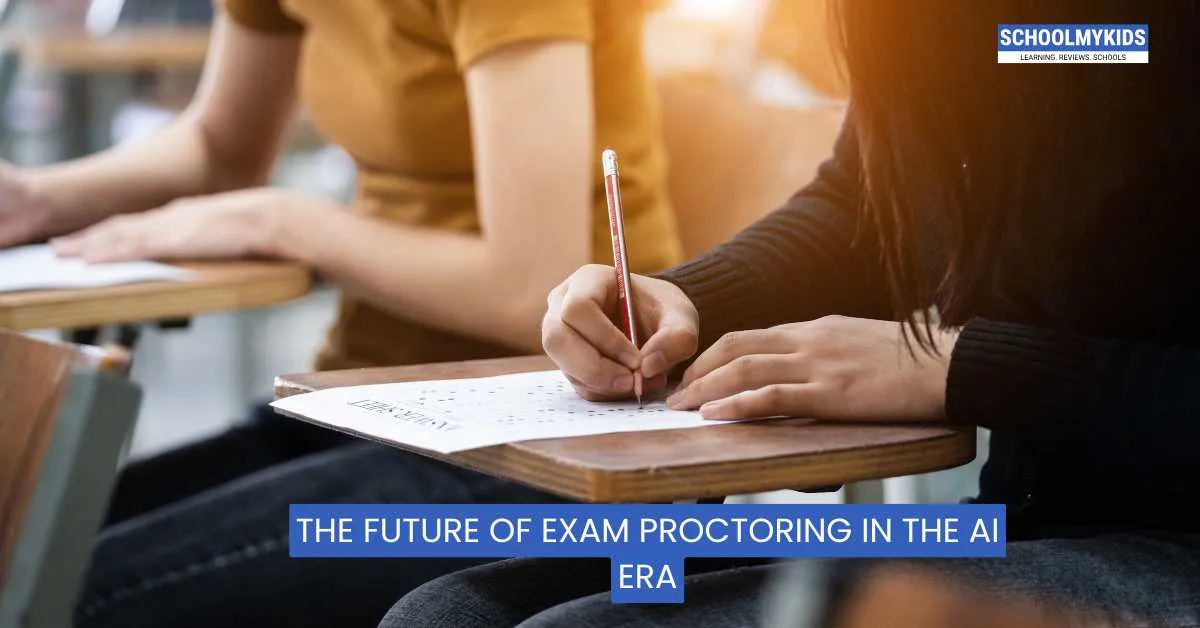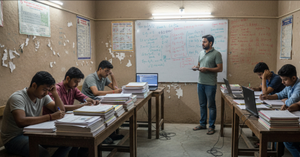Exams have always been a high-stakes game of trust. On one side, institutions demand academic honesty; on the other, students find increasingly creative ways to “accidentally” forget the rules. For centuries, the proctor was a human being glaring from the corner of the room. But the AI era has kicked the door open, and exam proctoring is evolving into something entirely different.
The Shift From Human Eyes to Digital Surveillance
Traditional exam halls relied on human vigilance, which was as fallible as the caffeine-deprived teacher in charge. Online education changed the landscape. Suddenly, exams were happening at kitchen tables, dorm beds, and Wi-Fi cafés. Universities and certification bodies scrambled to maintain integrity, and that’s when AI-driven proctoring emerged.
AI can do what no human can: watch dozens of students at once, track eye movements, flag suspicious background noises, and even detect if someone is lip-syncing answers to a hidden friend. Algorithms now scan faces, verify IDs in real time, and lock down browsers to prevent “accidental” Google detours.
Key Technologies Driving AI Proctoring
- Facial Recognition: Confirms that the test taker is actually the registered candidate, not a helpful cousin.
- Behavioral Analytics: Tracks unusual head turns, long silences, or repetitive tapping that might indicate outside assistance.
- Browser Control: Prevents tab-switching, screen sharing, or copy-paste trickery.
- Voice and Environment Monitoring: Flags when other voices enter the room or when someone suspiciously mumbles formulae to themselves.
Benefits of AI Proctoring
- Scalability: Institutions can proctor thousands of students worldwide without flying in armies of invigilators.
- Consistency: Machines don’t play favorites, get distracted, or fall asleep mid-shift.
- Accessibility: Remote exams make education more inclusive for people who can’t physically attend centers.
Concerns and Controversies
But let’s not crown AI the hero just yet. With its watchful eyes comes a messy pile of problems:
- Privacy Issues: Constant surveillance feels intrusive. Students complain about being monitored in their homes, where a barking dog can get flagged as “suspicious behavior.”
- Algorithmic Bias: Not every face is equally recognized by AI. Darker skin tones, poor lighting, or certain cultural dress can cause unfair flags.
- Stress Amplification: Students are already nervous. Add the fear of an AI falsely accusing them of cheating, and anxiety skyrockets.
- Ethical Dilemmas: Do we really want education to feel like a police state?
What the Future Holds
The future of exam proctoring won’t be about surveillance alone—it’ll be about balance. Expect hybrid systems where AI does the heavy lifting (spotting anomalies, verifying IDs) while human reviewers make final judgments to prevent unfair penalties.
We may also see proctoring evolve into adaptive integrity checks, where exams themselves are designed to make cheating harder. Think personalized question banks, real-time problem generation, or open-book formats that emphasize critical thinking over rote memorization.
Eventually, education might lean away from one-shot, high-stakes exams entirely. AI could shift assessment toward continuous evaluation—projects, discussions, and simulations—making old-school proctoring less relevant.
Conclusion
AI proctoring is here to stay, but it’s not a silver bullet. It promises efficiency and fairness at scale, but it also risks creating a cold, over-surveilled learning environment. The challenge for educators is clear: embrace technology without sacrificing trust and humanity in the process. Because in the end, the point of an exam isn’t just to stop cheating—it’s to measure learning.









Be the first one to comment on this story.